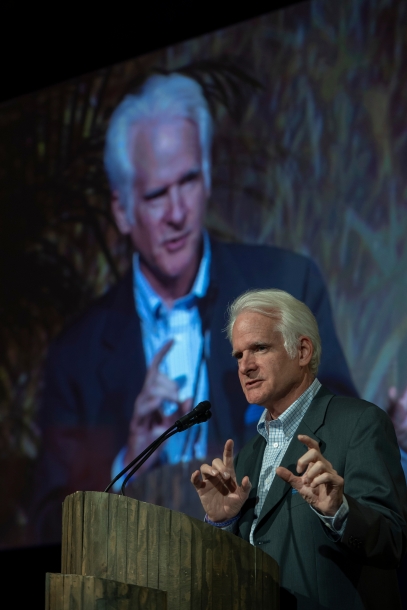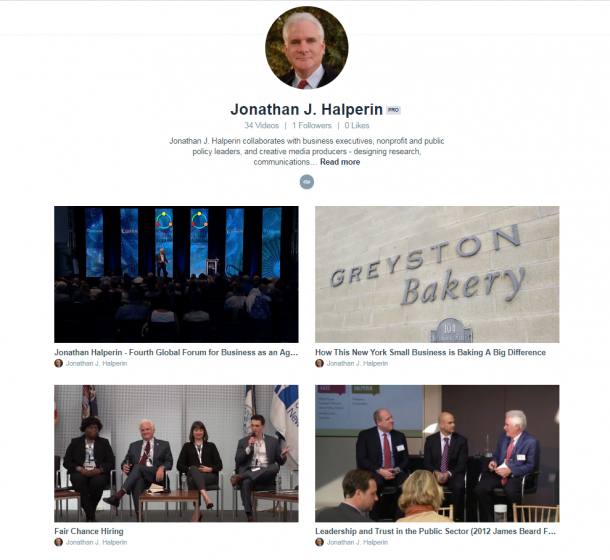You are here
Time
As part of the global marketing of Hope in a Changing Climate, the award-winning film Halperin executive produced with a team from the Environmental Education Media Project, Halperin authored a series of blog posts from December 2009 to June 2010. The following dispatch is part of this series.
To learn more about the film and ecosystem restoration, see the Hope in a Changing Climate project.
Give or take a few hundred-thousand years, the period of greatest volcanic activity on planet earth occurred about 200,000,000 years ago and lasted for about 600,000 years. During this time, the Atlantic Ocean was formed. The first airplane flew along the shore of that ocean in 1903. And today, a volcanic eruption in Iceland has grounded some 28,000 airplanes across Europe, reminding us of how different human time is from either evolutionary or geologic time.
Measured against the span of human life, 1903 is quite a while ago; few people alive when the airplane was invented are still alive today. An airline flight of roughly seven hours to cross the Atlantic from New York to London (just under 3,000 miles) is really a quite remarkable feat. But from a geologic perspective seven hours is virtually immeasurable. With an upset infant in the row behind you, however, that seven hours can seem interminable.
The experience of time is thus as much about perception and experience as it is about the accuracy of a timepiece. I have been thinking about time as I prepare my remarks for a screening this Sunday on the national Mall in Washington of Hope in a Changing Climate. As part of the celebration of Earth Day, I have six minutes to talk before we play a seven-minute clip of our 28-minute documentary that looks across the sweep of geologic time to demonstrate the power of ecosystem restoration to repair our damaged world.
And as I prepare these remarks, John D. Liu and my other colleagues from the EEMP Beijing office are in Rwanda preparing a new film for UNEP that will air on World Environment Day in Rwanda on June 5. Earth Day was first celebrated 40 years ago, on April 22, 1972; World Environment Day has been commemorated since 1973.
Whether measured on a clock or a calendar, differing perceptions of time drive different behaviors. Actuaries work one conception of time, while marine biologists inhabit another world of time. Flight controllers manage time very differently from someone living in the Amazon whose life may be governed more by natural solar or lunar cycles.
The EEMP calendar for April and beyond is also becoming increasingly full with terrific opportunities around the world and here in the United States to spread the core messages of Hope in a Changing Climate.
Whether celebrating Earth Day or World Environment Day; whether developing a strategic plan for a Fortune 50 company or developing a planting plan for an organic farm; whether measuring time with a quartz watch or by the length of the shadows cast by the setting sun, it behooves all of us to better understand the different ways of experiencing time. We can, and must, choose how we think about time. Species survival and respect for geologic and evolutionary reality demand that we become more sophisticated in how we think about time. Ecosystems need us to better understand the timescales across which they function, become damaged and can be repaired.
-- Jonathan J. Halperin

